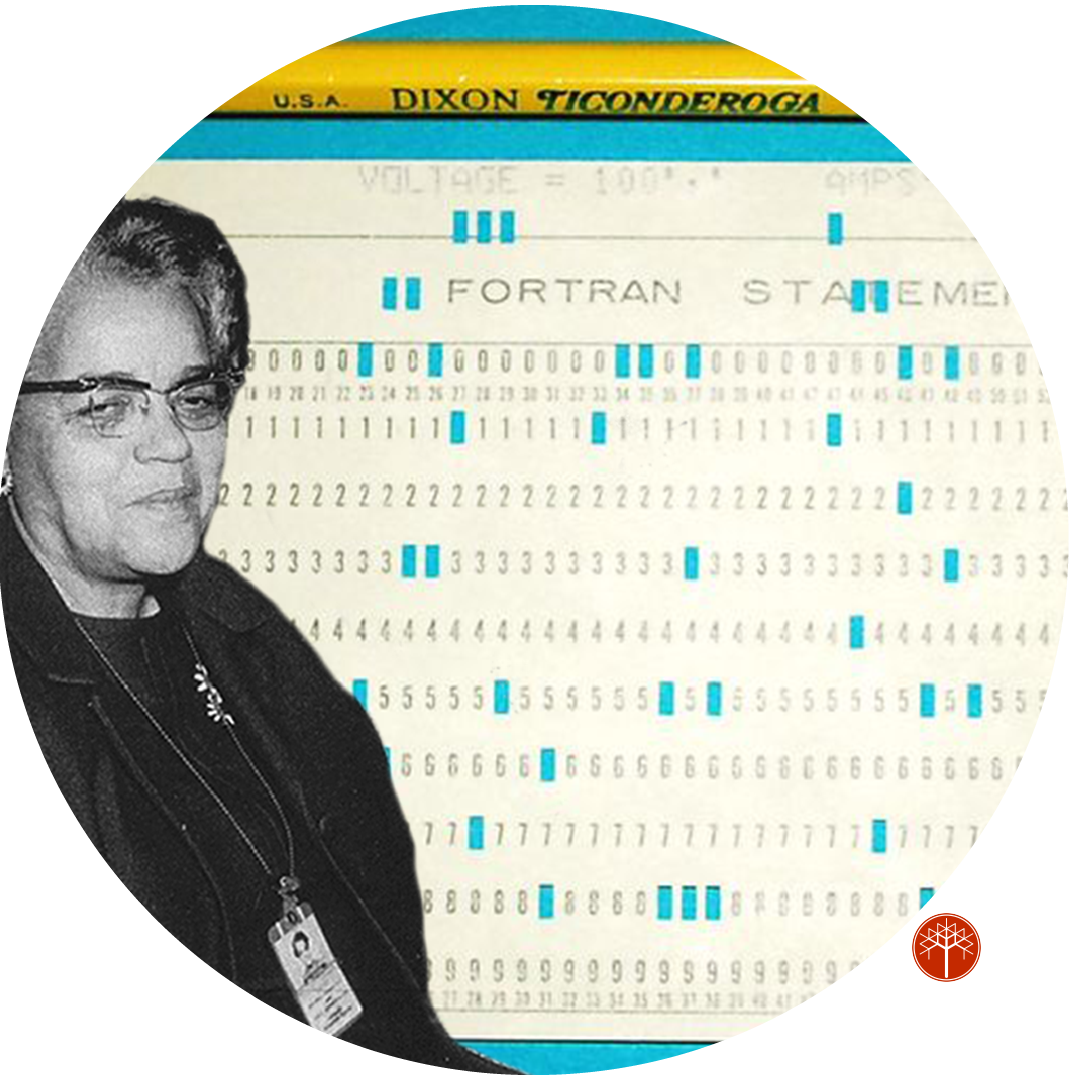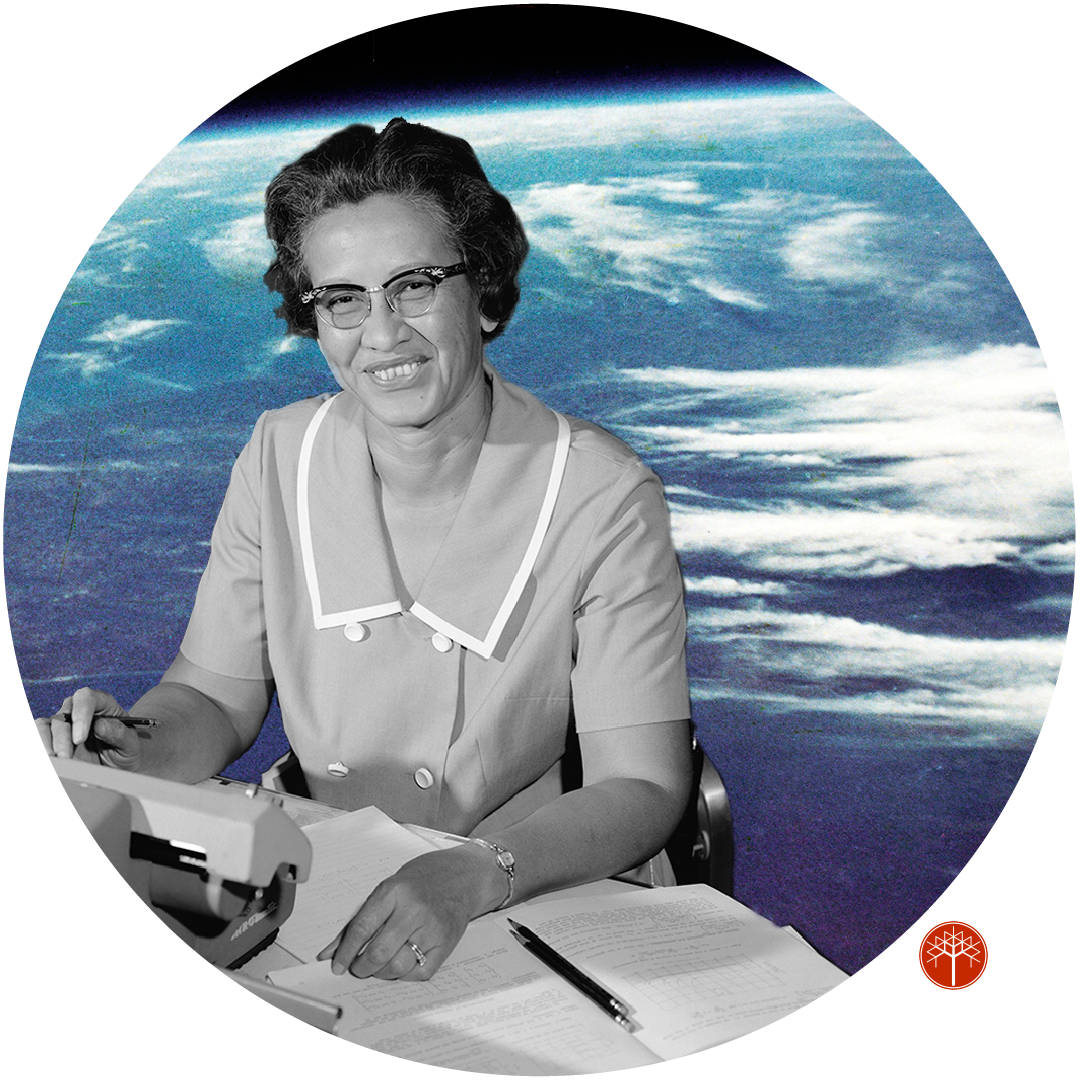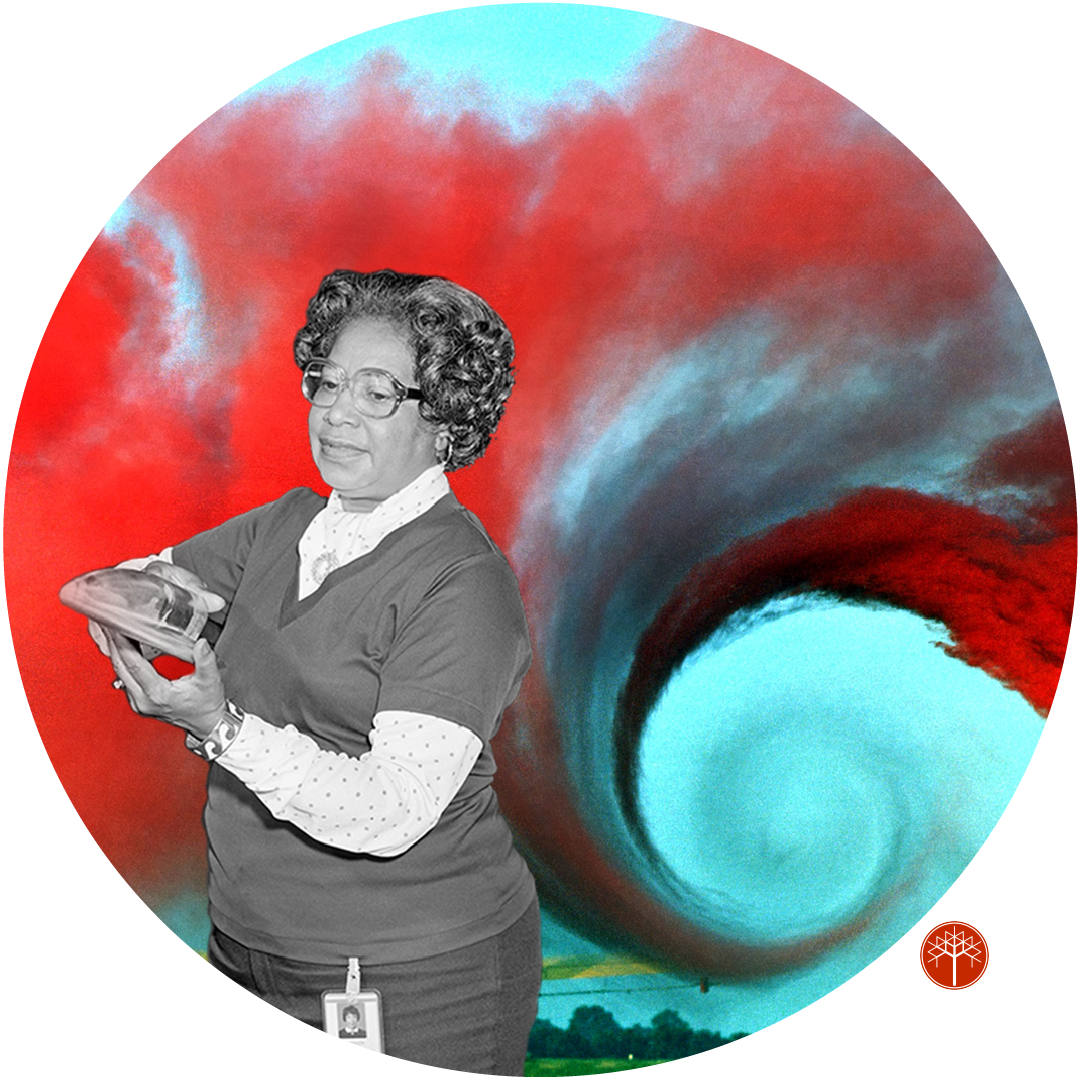
The film Hidden Figures follows the stories of three African-American women critical to the American space race. While the movie didn’t win any Oscars, despite three nominations, it did a phenomenal job at the box office. Movies like this can have a profound impact on helping people of color relate to scientists and find a point where science is personally relevant.
Hidden Figures
When we think of “computers” today, we think of the desktop that I’m using to write this blog post. We think of our smartphones or our tablets. You know, electronic equipment. But the original meaning of a computer was a “human who did computations.” It was not until the 1960’s and 1970’s that electronic computers began to take on the bulk of computation tasks. Even then, they weren’t left to do it without supervision and double-checking.
Katherine G. Johnson, Dorothy Vaughan and Mary Jackson were employees of the all-black West Area Computing section of Langley Laboratory at NACA (National Advisory Committee for Aeronautics), later renamed NASA. While the women’s areas of expertise and personal motivations differed, the film tied all three human-computers together with the common goal of getting Americans into space. (Spoiler Alert: John Glen successfully orbits the Earth in 1962.)
The film, while not a documentary, juxtaposed cinematic and archival footage. We saw the original Russian newsreels after their successful launches. The film featured the grainy footage of John Glen’s 1962 space launch and panned the crowds that gathered. We witnessed the fervor of the Space Race and got a sense of how the media of the day reported the events.
Incorporating archival footage also helped remind viewers of the racial tensions in the 1960s. Including the original news footage of civil rights protests and reports of attacks on black communities drove home the unstable reality that Jackson, Johnson, and Vaughan would have experienced. The seemingly endless frustrations and degradations of Jim Crowe America highlighted the gender and racial barriers prevalent at the time. The personal lives of Katherine, Mary, and Dorothy does not only makes for good story-telling, but it provides an entry point for diverse audiences to relate to these women in science.

Dorothy Vaughan was the manager of the West Area Labs (chief of the West Computers) and an expert in the FORTRAN computer language which relied on punch cards.
Science Identity and Possible Selves
“Because by understanding that history we create a more inclusive environment… for bringing more women and more girls into the sciences.”
– Margot Lee Shetterly, 2016, Hidden Figures: The Female Mathematicians of NACA and NASA
Women’s contributions to science are often downplayed or overlooked entirely. Hidden Figures not only celebrates these women’s work, but it also provides much-needed divergence from the stereotypical portrayals of science as the exclusive domain of white men.
Counterstereotypical portrayals of scientists and mathematicians are important for young women/girls of color at the early stages of their careers. By seeing that people from diverse backgrounds can do science, students are more likely to feel welcome in science and can develop and retain a “science identity.”
Forming a science identity is when science inspires a person to the point where it becomes relevant to them, and they incorporate it into their sense of self. Scientists stereotypes affect POCs through stereotype threat, a sense of exclusion and as a barrier to forming a science identity. These effects are detrimental to POC’s success in STEM and their ability and willingness to continue in the field.
Presenting positive science role models to underserved groups is one suggested intervention, but this has been nominally successful. In some studies, positive female role-models improved math performance in girls, but in other instances, overly feminine science role models deterred girls from STEM. Trying to find the right science role-model for each person is challenging as a role model needs to have traits that the learner should want to emulate. Since we all value different things, it is impossible to find one person to fit the bill.
More recent work from 2016 proposed that rather than present a rigorously vetted selection of science role-models why not showcase “possible science selves”? The concept of “possible selves” refers to a combination of who we actually are and who we want to be. That mental picture of our “possible selves” impacts our decisions and motivations. When students see their possible selves represented in STEM, they may be better equipped to fend off stereotype threat and persist in science. I like this distinction between “science role models” and “possible science selves”:
“Compared with featuring scientist role models that represent people students are expected to become more like, seeing one’s possible self in a scientist would involve seeing someone in science you already are like.“
– Schinske, Perkins, Snyder, and Wyer (2016)
Schinkse and the research team conducted an intervention experiment with students in a racially/ethnically diverse introductory science class. Throughout the course, students completed “science spotlight” assignments that presented an array of scientists from various genders and backgrounds. At the end of the course, students who completed the assignments had more nonstereotypical views of scientists and were able to personally relate to scientists through various entry points like gender, social justice, and shared interests. The students who participated in the “science spotlight” assignments also had better grades in the course and were more interested in science and STEM majors when compared to a control group who did not do the assignments.
How does this fit with the movie “Hidden Figures”? The personal moments of partying with friends, playing cards, falling in love, losing out on career advancement, gaining in career advancement, sticking up for co-workers, these are things that non-scientists also participate in and can fit within an audiences’ vision of their possible selves. By featuring these women’s personal lives, the movie creates a host of possible personal connections where someone watching the film can think, “I like that stuff too,” or “I would do that too,” or “That happened to me once.” Seeing that people who do science are just ordinary people, creates a more welcoming depiction of science which can empower POCs to foster a science identity.

Katherine G. Johnson is the only one of the trio still alive today, and in 2015 President Barack Obama awarded her with the Medal of Freedom.
NASA’s Hidden to Modern Figures
“The attitude toward women in science, although somewhat improved, still treats this as an emerging phenomenon, and while young women are presently being encouraged to go into the science, the long history of women in science is unknown to them.”
– Beverly Golemba, 1990, The Human Computers: The Women in Aeronautics Research
The film Hidden Figures is based on real events as chronicled by Margot Lee Shetterly’s book of the same name. In it, Shetterly highlights the contributions and lives of Katherine G. Johnson, Mary Jackson, and Dorothy Vaughan.
To supplement the film, NASA released a website called “From Hidden to Modern Figures” which features not only Jackson, Johnson, and Vaughan’s contributions, but the racial and gender diversity within the NASA, both past, and present. The website provides a toolkit for educators and a wealth of video resources to learn more about the unsung histories and pioneers of today.

While Mary Jackson’s work centered around aeronautics and aerodynamics, philanthropy was important to her, and throughout her life, she worked hard to encourage black women to pursue STEM careers.
The proportion of women in science has increased in recent years. In some fields like mathematics, women are closing the gender gap at certain educational levels. In biology, women are equally represented to men or even outnumber men at certain career points. However, women of color are still underrepresented in STEM. While there are many personal and systemic barrier to POC who want to pursue science careers, presenting WOC scientists as relatable can help banish the specter of scientist stereotypes that deter so many people and women of color.
Happy International Women’s Day!


Resources:
Schinske, Jeffrey N., et al. “Scientist Spotlight Homework Assignments Shift Students’ Stereotypes of Scientists and Enhance Science Identity in a Diverse Introductory Science Class.” CBE-Life Sciences Education 15.3 (2016): ar47.
Carlone, Heidi B., and Angela Johnson. “Understanding the science experiences of successful women of color: Science identity as an analytic lens.” Journal of research in science teaching 44.8 (2007): 1187-1218.
National Science Foundation, National Center for Science and Engineering Statistics. 2017. Women, Minorities, and Persons with Disabilities in Science and Engineering: 2017. Special Report NSF 17-310. Arlington, VA. Available at www.nsf.gov/statistics/wmpd/.
Image Credits:
Dorothy Vaughan: By Beverly Golemba, NASA
Mary Jackson: By NASA Langley Research Center
Katherine Johnson: By NASA; restored by Adam Cuerden
Friendship 7 Launch: By NASA/photographer unknown – Great Images in NASA Description
A NASA study on wingtip vortices, illustrating the size of the vortices produced: By NASA Langley Research Center (NASA-LaRC), This image or video was cataloged by Langley Research Center of the United States National Aeronautics and Space Administration (NASA) under Photo ID: EL-1996-00130 AND Alternate ID: L90-5919.
Thumb Drive c.1970: by Gregg Sloan
Photo of Earth: NASA Photograph S62-06009 by John Glenn

No Comments